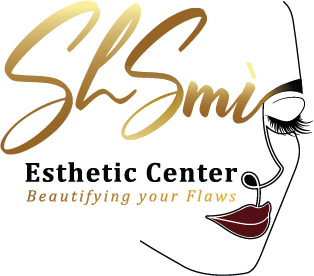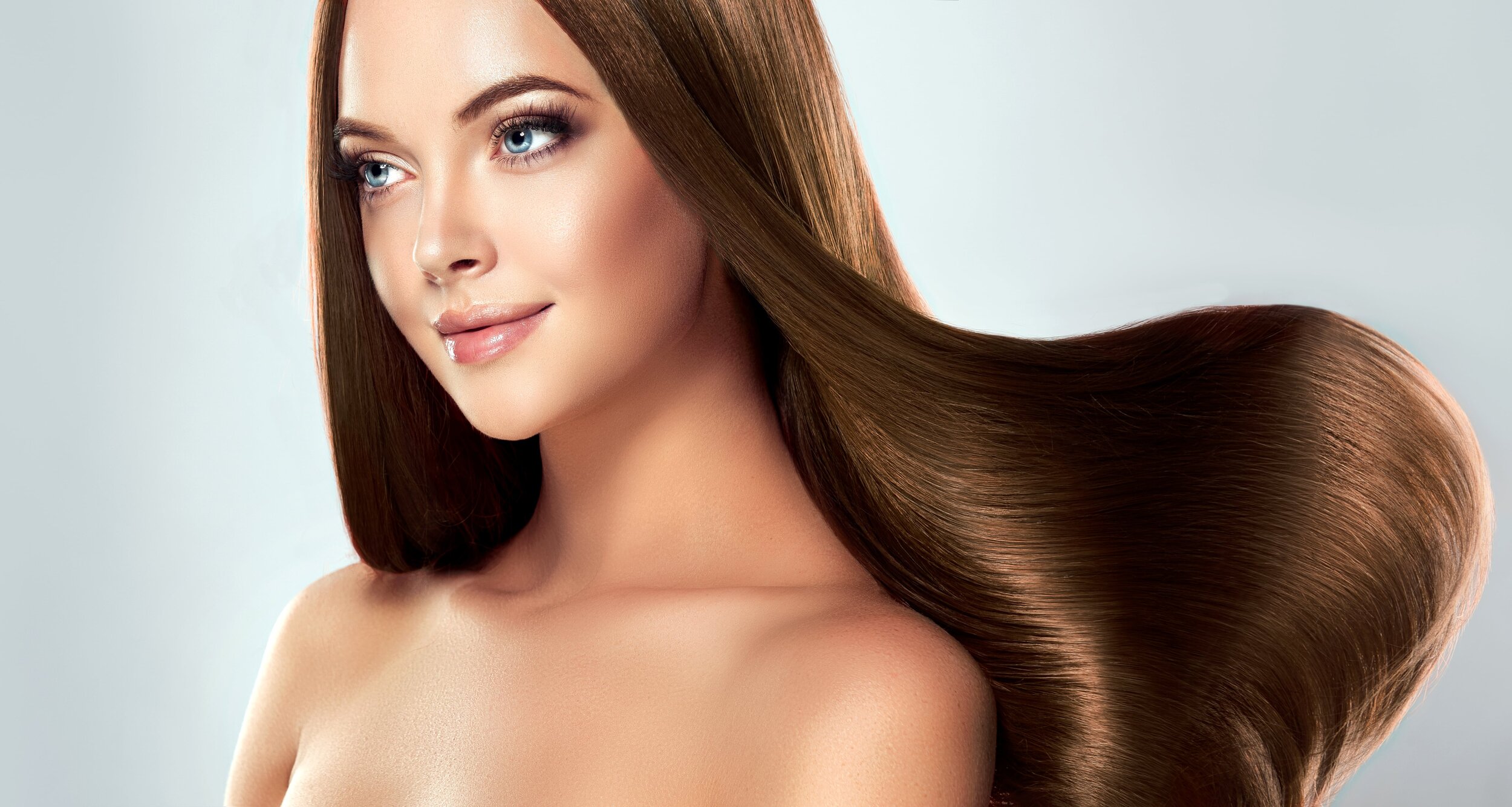Understanding Hair Different Types of Hair Treatments
Hair can become damaged for a variety of reasons, including:
- Heat styling: Excessive use of hot tools like blow dryers, curling irons, and straighteners can cause the hair to become dry, brittle, and prone to breakage.
- Chemical processing: Treatments like coloring, bleaching, and perming can weaken the hair’s structure and lead to damage over time.
- Environmental factors: Exposure to UV rays, pollution, and harsh weather conditions can strip the hair of its natural oils and leave it feeling dry and dull.
- Stress: High levels of stress can contribute to hair thinning, shedding, and overall poor hair health.
Understanding the root causes of hair damage is the first step in addressing the issue and finding the right treatment solutions.
Types of Hair Treatments
- Hydration Treatments
- Deep Conditioning Masks: These intensive treatments are designed to replenish moisture and nourish the hair from root to tip. They can help to smooth the cuticle, reduce frizz, and improve manageability.
- Hair Oils and Serums: Lightweight, nourishing oils and serums can be applied to the hair to lock in moisture and add a glossy, healthy shine.
- Leave-In Conditioners: These versatile products can be used after shampooing to provide ongoing hydration and protection throughout the day.
- Repair Treatments
- Protein Treatments: Protein-rich treatments help to strengthen and rebuild damaged hair strands, reducing breakage and improving overall hair health.
- Bond-Building Treatments: These specialized treatments work to repair the internal structure of the hair, mending broken bonds and restoring strength.
- Hair Patch Treatments: Targeted treatments that can be applied directly to specific areas of concern, such as split ends or damaged sections.
- Frizz-Fighting Treatments
- Smoothing Serums: Silicone-based serums can help to tame frizz and flyaways, creating a sleek, polished appearance.
- Anti-Humidity Sprays: These lightweight mists form a protective barrier against moisture, preventing frizz and keeping hair smooth and manageable.
- Keratin Treatments: Professional-grade keratin treatments can help to smooth the cuticle and reduce frizz for long-lasting results.
Hydration Treatments
Maintaining proper hydration is crucial for the health and appearance of our hair. Dehydrated hair can become brittle, prone to breakage, and susceptible to frizz. Incorporating hydration-focused treatments into your haircare routine can help to replenish moisture, improve manageability, and restore a healthy shine.
Deep Conditioning Masks
Deep conditioning masks are designed to penetrate the hair shaft, delivering a concentrated dose of nourishing ingredients. These treatments can help to smooth the cuticle, reduce split ends, and improve overall hair texture. When using a deep conditioning mask, be sure to leave it on for the recommended time, allowing the active ingredients to fully absorb and work their magic.
Hair Oils and Serums
Lightweight, nourishing oils and serums can be applied to the hair to lock in moisture and add a glossy, healthy shine. These products can be used on damp or dry hair, and they’re particularly beneficial for those with coarse, thick, or curly hair types that tend to be more prone to dryness.
Leave-In Conditioners
Leave-in conditioners are a versatile option for providing ongoing hydration and protection throughout the day. These products can be applied after shampooing and left in the hair, helping to detangle, smooth, and nourish the strands. They’re especially useful for those with fine or color-treated hair, which can be more susceptible to dryness and damage.
Combining Treatments for Optimal Results
While each hair treatment type can be beneficial on its own, combining different treatments can often yield the best results. For example, using a deep conditioning mask followed by a lightweight hair oil or serum can help to lock in the moisture and provide long-lasting hydration. Incorporating a bond-building treatment alongside a protein-rich treatment can help to strengthen and repair damaged hair from the inside out.
FAQs
1. Which Type of Treatment is Best for Hair?
The best type of hair treatment depends on your specific hair type and concerns. Generally:
- For Damaged Hair: Protein treatments and deep conditioning masks can help repair and strengthen the hair.
- For Dry Hair: Hydrating treatments, such as moisture-infusing masks and leave-in conditioners, are beneficial.
- For Color-Treated Hair: Products specifically designed for color protection can help maintain vibrancy and prevent damage.
- For Oily Hair: Clarifying shampoos or treatments that help balance oil production are recommended.
Consulting a professional stylist can help you determine the best treatment based on your hair’s needs.
2. What Are the 7 Types of Hair?
The seven types of hair, commonly categorized based on texture and curl pattern, are:
- Straight Hair: Lacks curl or wave, usually shiny and smooth.
- Wavy Hair: Has a natural wave pattern, tends to be voluminous.
- Curly Hair: Formed in tight curls or ringlets, often frizz-prone.
- Coily Hair: Very tight, small curls or zig-zag patterns, often dry and fragile.
- Fine Hair: Thin and delicate strands, can be straight or wavy, often lacking volume.
- Medium Hair: Slightly thicker than fine hair, can hold styles better.
- Thick Hair: Coarse strands that can be straight, wavy, or curly, often full of volume.
3. How Many Treatments Are There for Hair?
There are numerous hair treatments available, each targeting different concerns. Some common types include:
- Deep Conditioning Treatments
- Protein Treatments
- Hair Masks
- Oils and Serums
- Scalp Treatments
- Moisture-Infusing Treatments
- Color Protection Treatments
- Keratin Treatments
- Hair Smoothing Treatments
The number of treatments can vary widely based on products, techniques, and individual needs.
4. What Is a Salon Hair Treatment?
A salon hair treatment refers to a professional service performed at a hair salon designed to improve hair health and appearance. These treatments can include:
- Deep Conditioning Treatments: Intensive moisture applications.
- Keratin Treatments: Smoothing treatments to reduce frizz and enhance shine.
- Scalp Treatments: Treatments targeting scalp health, addressing issues like dandruff or oiliness.
- Color Treatments: Professional color applications that often include conditioning elements.
- Hair Masks and Wraps: Customized applications to nourish and repair hair.
Salon treatments are typically more potent and tailored than at-home products, providing immediate and noticeable results.
Conclusion
Achieving healthy, vibrant hair is a journey, and understanding the different types of hair treatments available can be a game-changer. From hydration-focused treatments to repair-oriented solutions, there’s a hair treatment out there to address your specific needs. By incorporating a combination of these treatments into your haircare routine, you can unlock the full potential of your locks and enjoy the confidence that comes with healthy, beautiful hair.

